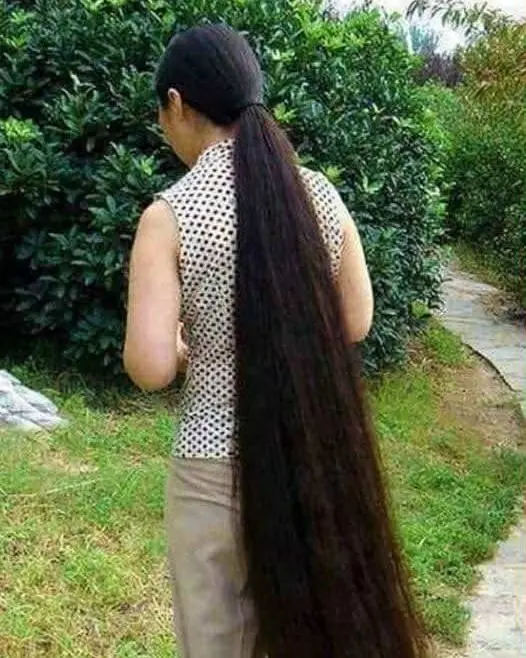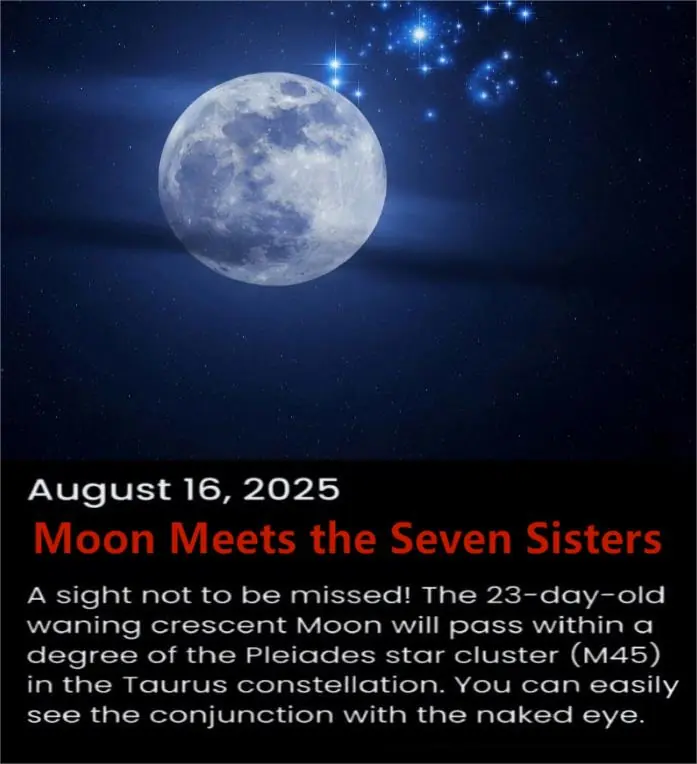
Japan’s Tooth Regrowth Drug: Dental Health Revolution!
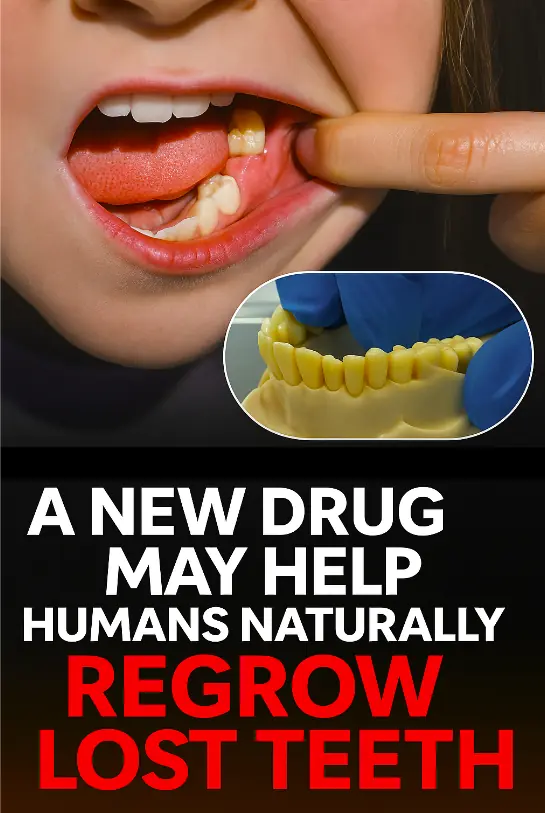
Imagine losing a tooth and, instead of needing an implant or denture, your body simply grows a new one. What once sounded like science fiction is now on the verge of becoming reality. Japanese researchers are developing a groundbreaking drug that could allow humans to grow a third set of teeth—a feat never before achieved in modern dentistry.
Unlocking Nature’s Hidden Potential
Humans normally develop two sets of teeth in a lifetime—baby teeth and permanent teeth. However, genetic studies reveal that many people have dormant “tooth buds” that hint at the possibility of a third set. In most cases, these undeveloped tooth germs are reabsorbed by the body before they can grow.
Scientists at Kyoto University and Kitano Hospital in Osaka have discovered a way to awaken these dormant buds. Their drug works by blocking USAG-1, a protein that naturally suppresses tooth growth. By inhibiting this protein, the researchers successfully stimulated new tooth formation in animal studies.
From Lab Success to Human Trials
Initial experiments on mice with missing teeth showed remarkable results: the treated mice grew new, fully functional teeth—complete with roots, pulp, and enamel. Later trials on ferrets, whose dental structure closely resembles humans, produced equally promising outcomes.
With this strong preclinical evidence, Japan is set to begin its first human trials in 2025, starting with children who have congenital tooth agenesis (a condition where some adult teeth never develop). If these trials succeed, adult testing will follow.
How the Treatment Works
The therapy would be administered via a precisely targeted injection near the site of a missing tooth. The drug would stimulate the dormant tooth bud, initiating natural growth. Over several months, the tooth would fully develop—just like a naturally grown one.
Unlike artificial implants, regenerated teeth would be alive, with nerves, blood vessels, and the ability to sense pressure and temperature. They could even self-repair minor damage, helping maintain long-term oral health.
A Game-Changer for Tooth Loss
Tooth loss affects over 20% of people aged 60 and above, and millions more live with partial tooth loss. Current solutions like dentures and implants can be costly, uncomfortable, and prone to complications.
This new drug offers a biological alternative—one that could replace expensive, multi-stage dental procedures with a single injection, allowing nature to do the rest.
The Science Behind the Breakthrough
During early embryonic development, some humans show signs of forming a third set of tooth buds, but the process is halted by USAG-1. This protein blocks bone morphogenetic protein (BMP) signaling, which is essential for bone and tooth development. By turning off USAG-1, scientists can effectively restart the tooth-forming process.
Timeline and Global Impact
If trials go smoothly, the treatment could be available in Japan between 2028 and 2030, with potential global rollout shortly after.
The implications are enormous: the global dental industry, valued at over $35 billion, could see a major shift away from synthetic prosthetics toward natural regeneration. Future possibilities even include tooth banking, where people store their dental stem cells for personalized regrowth later in life.
Caution and Next Steps
While the potential is exciting, researchers remain cautious. Overstimulation of tooth growth could cause misplaced teeth or other complications. That’s why early trials are focusing on children—where tooth growth is already part of natural development—before moving to adults.
Globally, other teams are also exploring regenerative dental solutions, but Japan’s single-injection approach stands out for its simplicity and minimal invasiveness.
Final Thought:
From wooden dentures to titanium implants, dental restoration has come a long way. But nothing matches the precision and elegance of nature’s own design. With this breakthrough, the future of dentistry could be written in our DNA—restoring not just smiles, but the natural function of real, living teeth.
🧬 Soon, regrowing a lost tooth might be as routine as filling a cavity.
News in the same category


Tourist’s Selfie Stunt Turns Into Terrifying Crocodile Attack in the Philippines

Music and the Mind: How Playing Tunes to Babies Boosts Early Brain Development

People with green eyes are special for these reasons with…
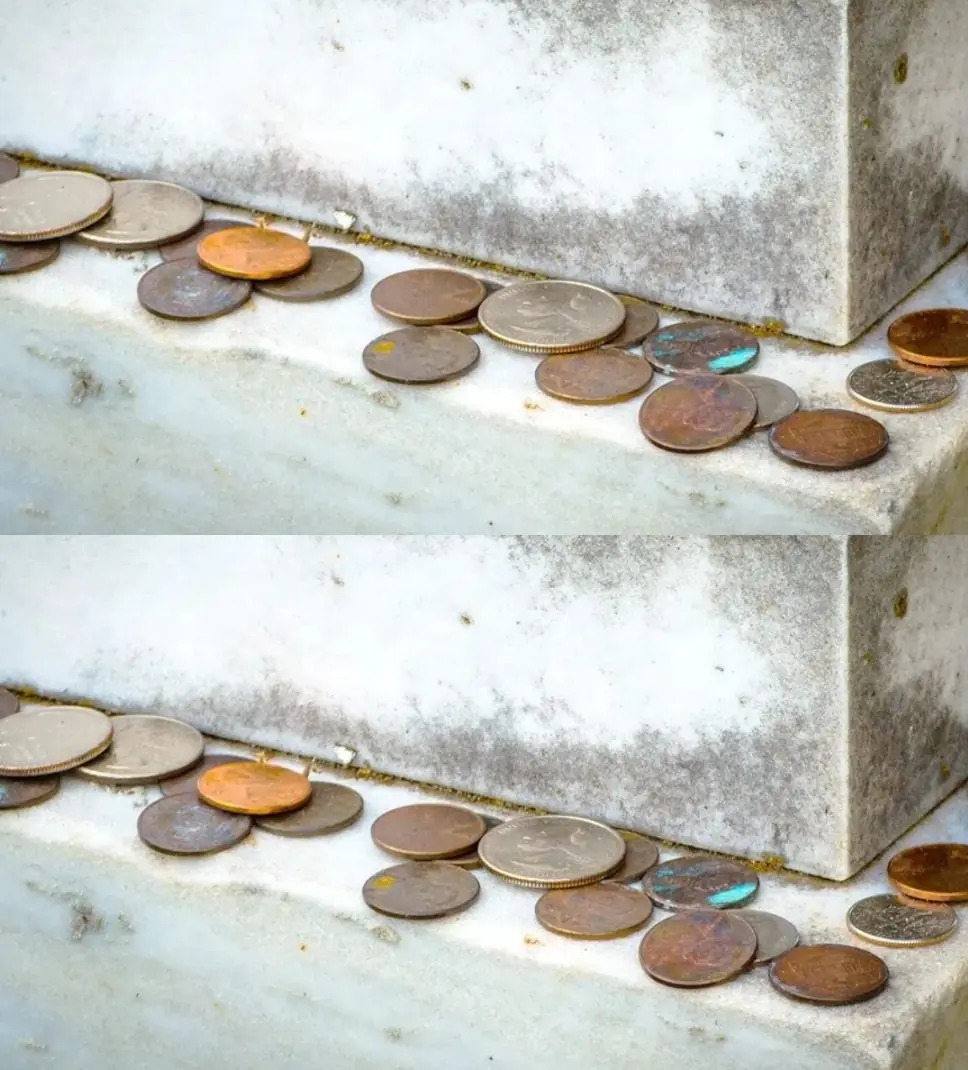
Meaning Behind the Tradition of Coins on Gravestones
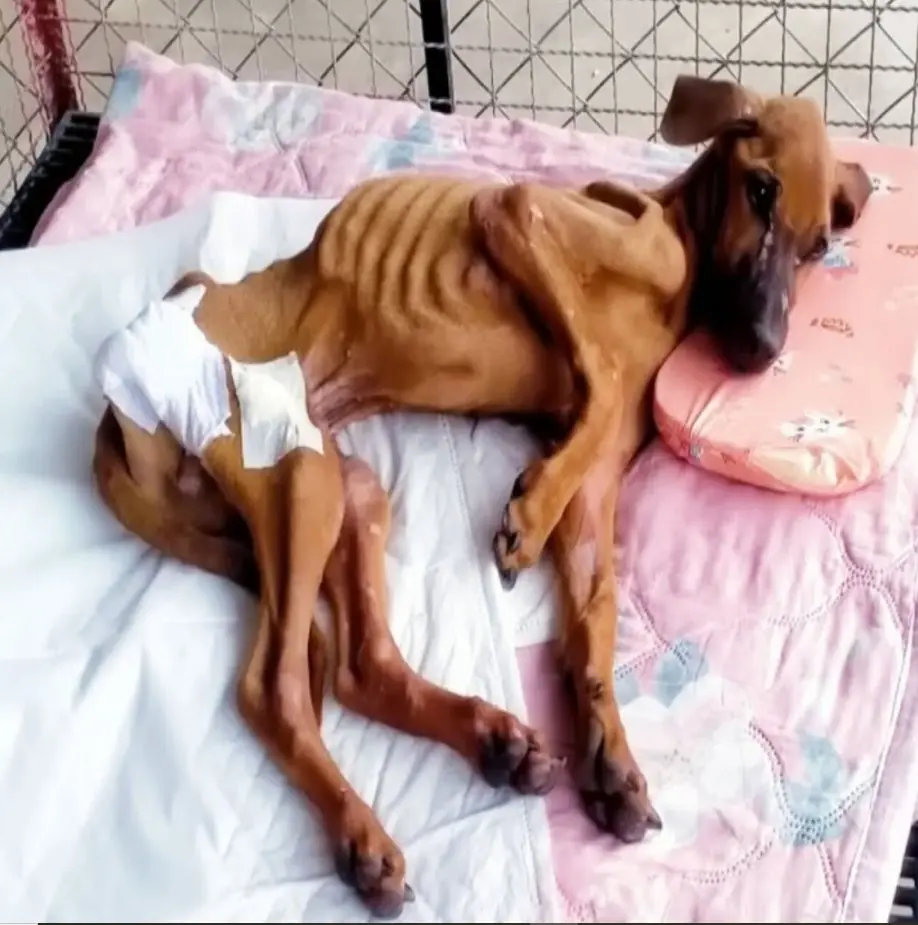
Resilient Dog Overcomes Neglect and Thrives, Inspiring Change in Animal Welfare

9-year-old dies 10 minutes after posing with this note: Police soon discover terrible mistake that killed her

Witnesses speak out after passenger 'sliced open' as waterslide breaks on world's biggest cruise ship

Three beachgoers dead after sea mines wash up on beach and explode at popular tourist spot

Mom explains why she doesn’t regret giving her daughter’s pony to zoo to become lion food

Netflix is losing 91% rated series that's ‘better the second time’ and you can binge in one day

Tragic Tale of Lost Companion: Finding Peace After a Heartbreaking Ordeal

If you see square waves forming in the ocean, get out of the water immediately
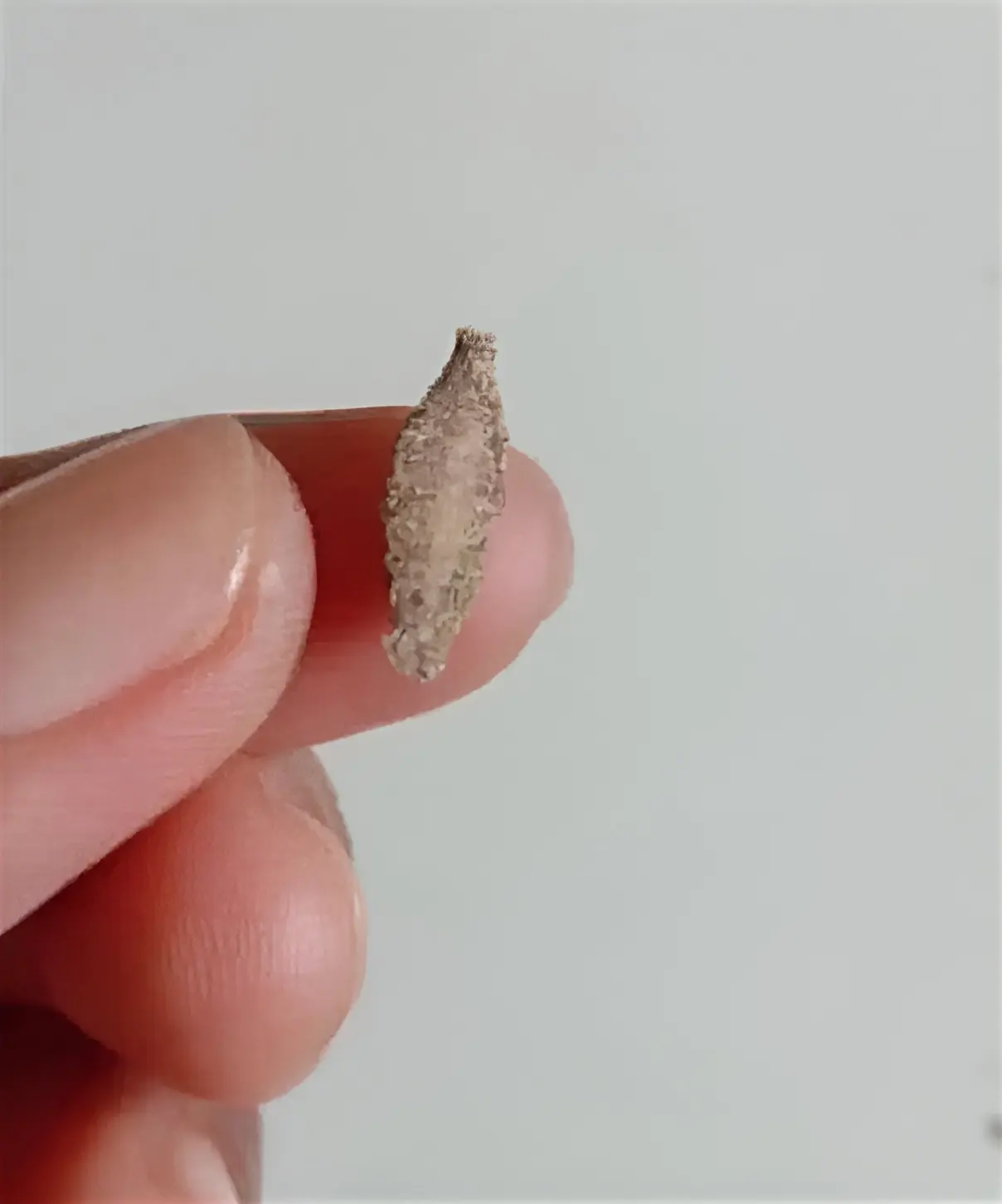
Ever Seen This Creepy Wall-Clinging Moth? Meet the Kamitetep

Disturbing 911 call before police found girl, 10, on highway as dad and girlfriend arrested on murder charges
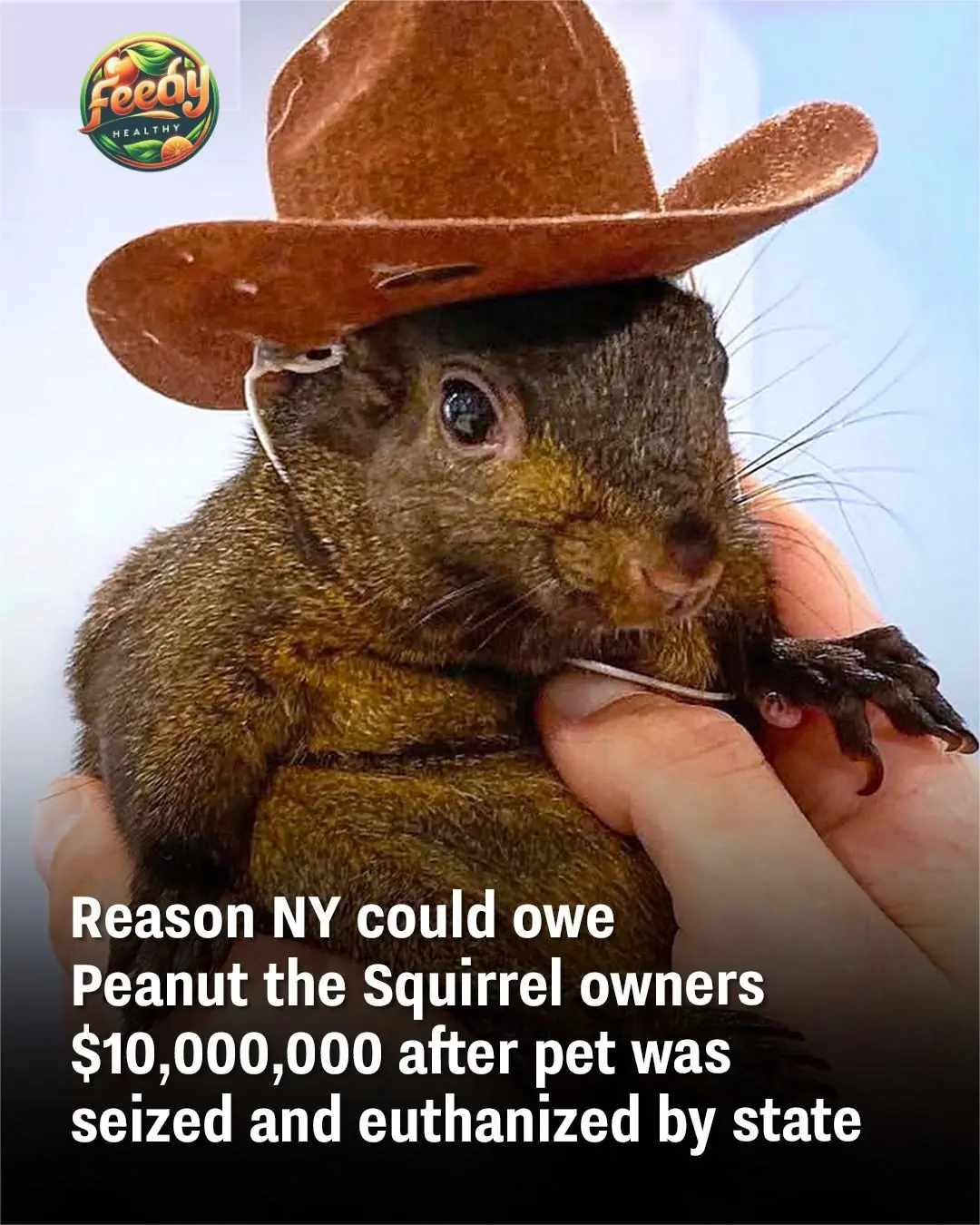
Reason NY could owe Peanut the Squirrel owners $10,000,000 after pet was seized and euthanized by state
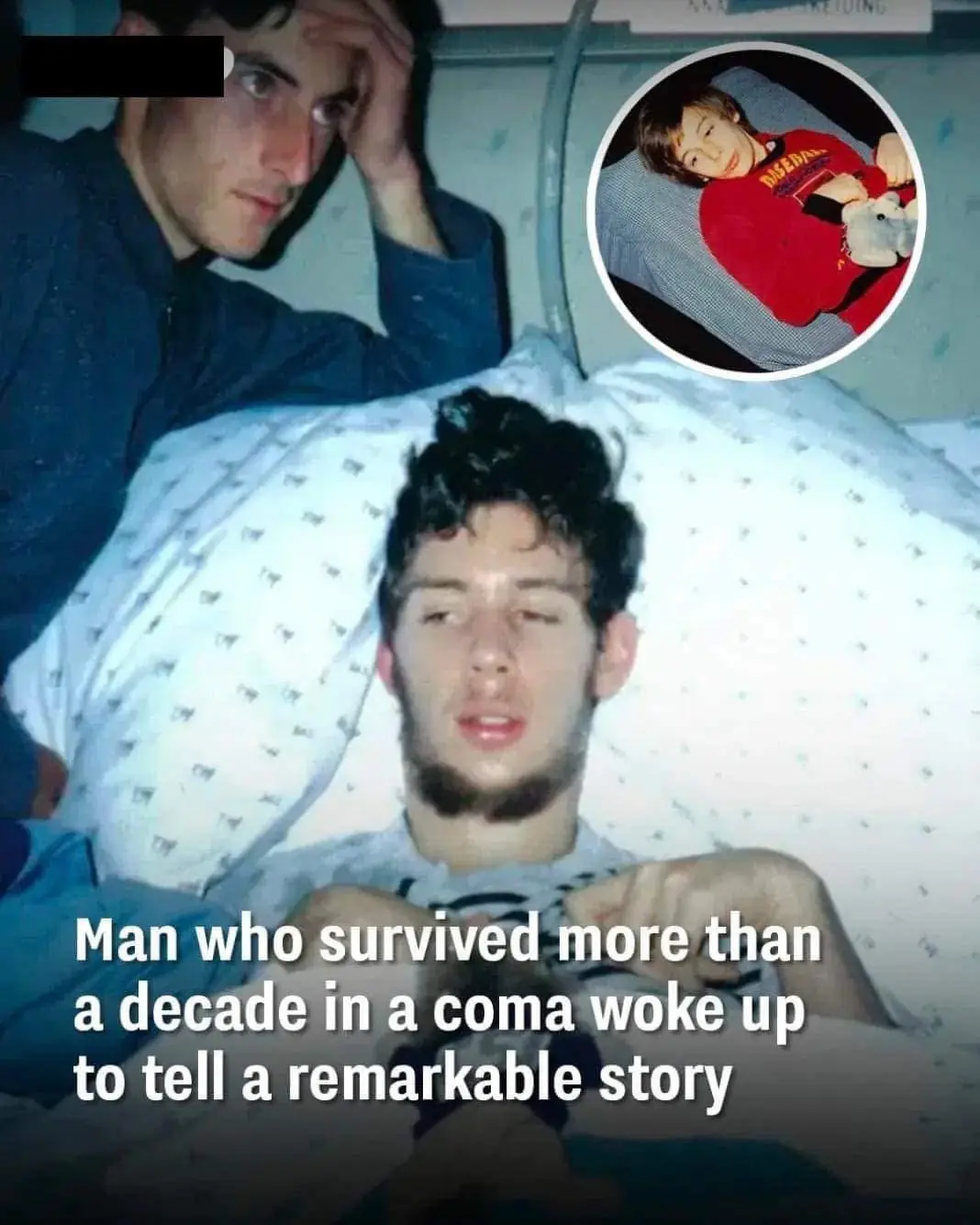
‘Ghost Boy’ wakes up from a coma after 12 years – Then he Reveals his spine-chilling secret

Elephants: Nature’s Gentle Giants with Surprising Swimming Skills
News Post
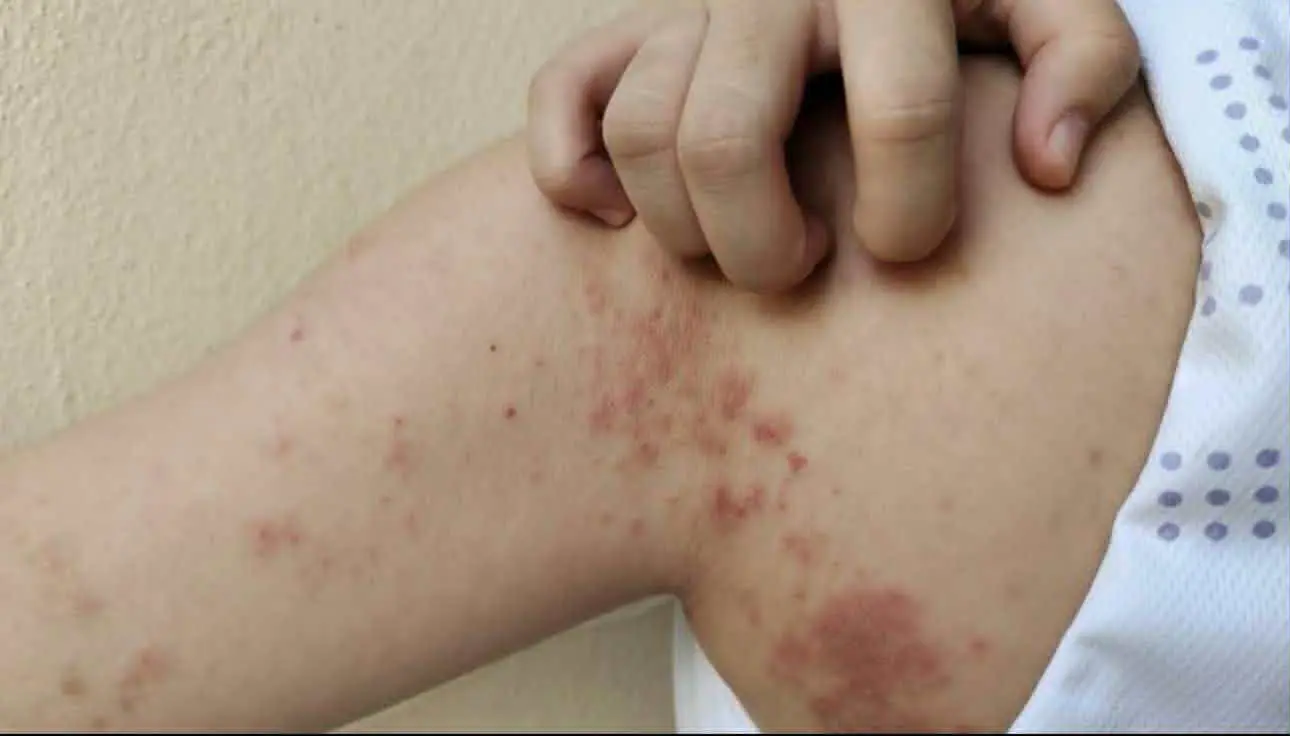
7 Warning Signs Your Body May Have Parasites

Cloves, Ginger, and Lipton Tea: The Golden Elixir Your Body Craves

Classic Baked Cheesecake with Chocolate Sauce & Ice Cream

Decadent Chocolate Cupcakes with Chocolate Ganache Frosting 📝 Ingredients
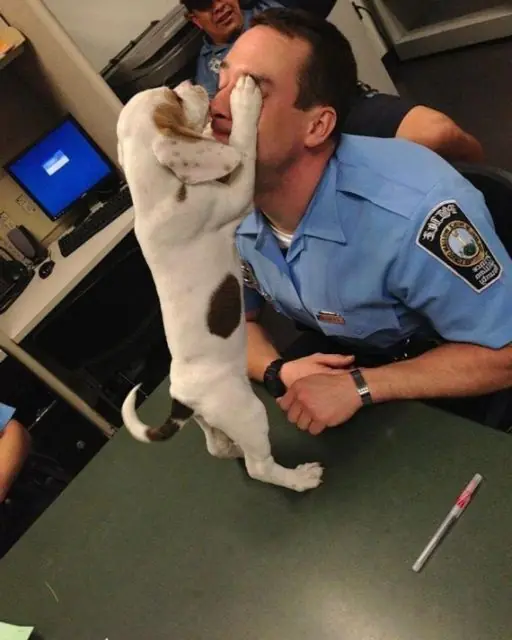
A Lost Puppy Wandered Into the Police Station—minutes Later, They Realized Why He Was There

HE HELD HIS K9 PARTNER WITH A SMILE—BUT THE STORY BEHIND THIS PHOTO WILL BREAK YOU

No One Remembered My Birthday—Except A Stranger Who Shouldn’t Have Known

Crispy Waffles with Fresh Berries and Maple Syrup

Chocolate-Drizzled Soft Serve Ice Cream Cone

Ancient Amazonian Kidney Cleanse: Detox with Nature’s Finest Herbal Infusion
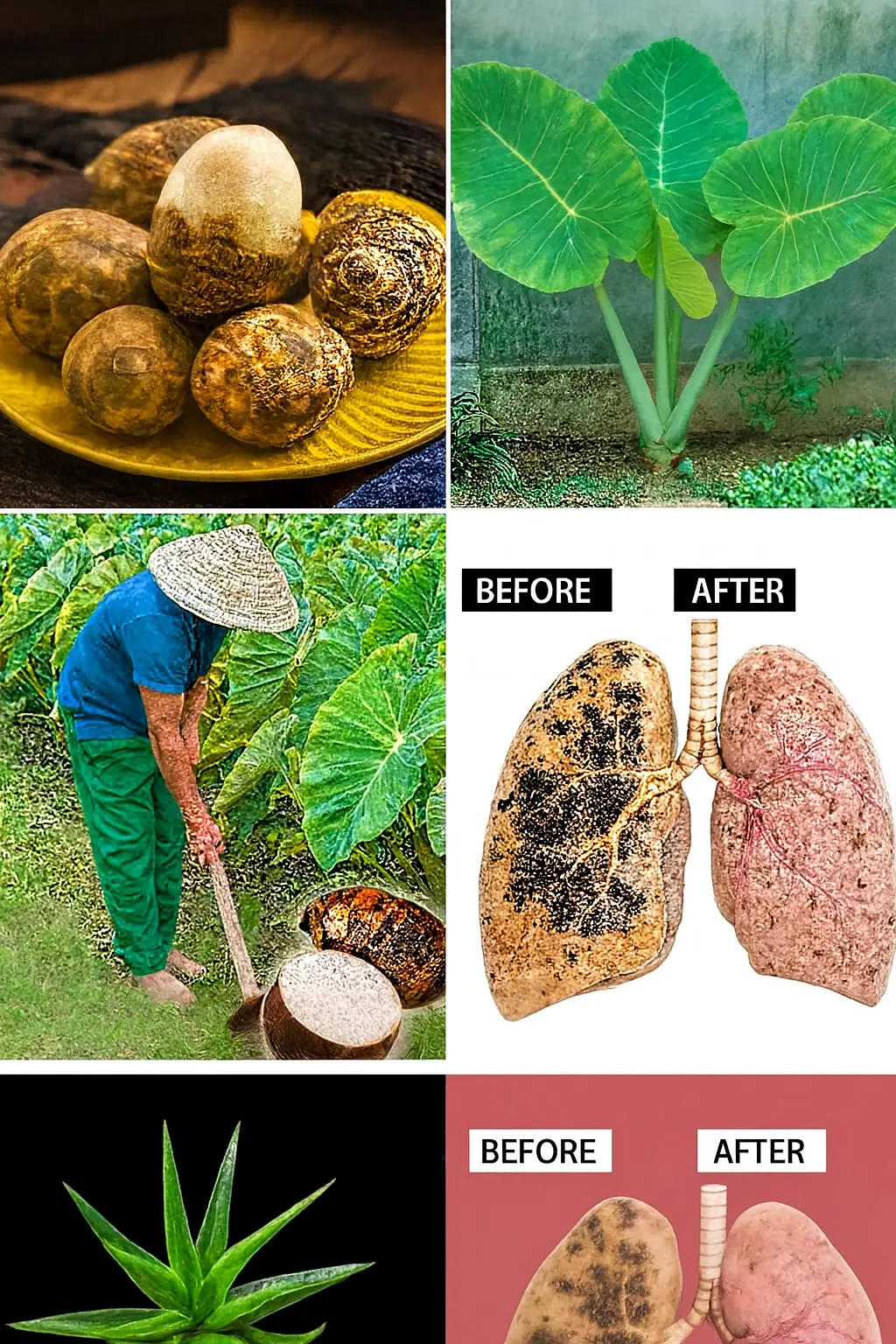
Taro Unveiled: The Ancient Root That’s Transforming Modern Wellness
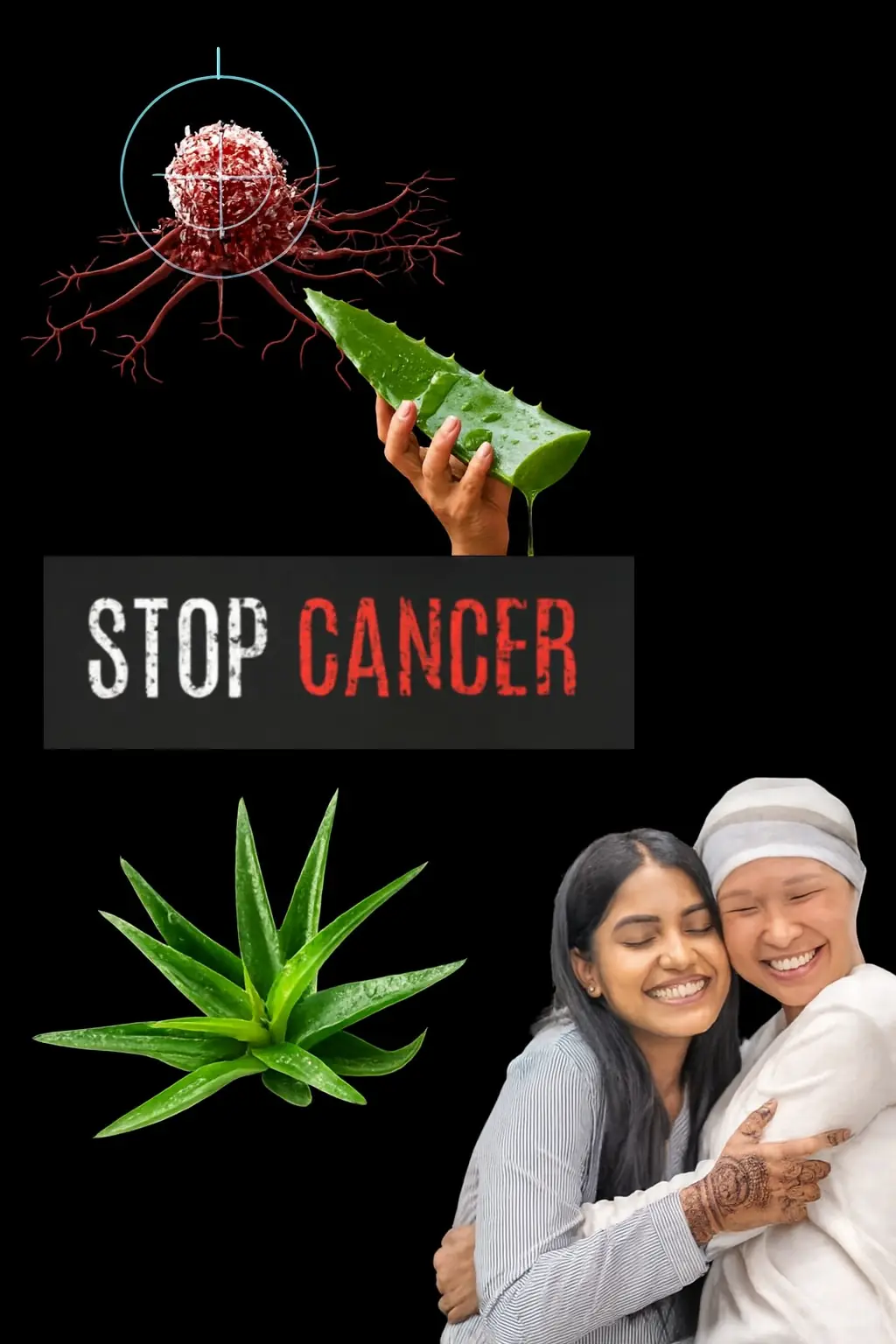
Unlock the Hidden Power of Aloe Vera: The Cancer-Fighting Secret You Need to Know
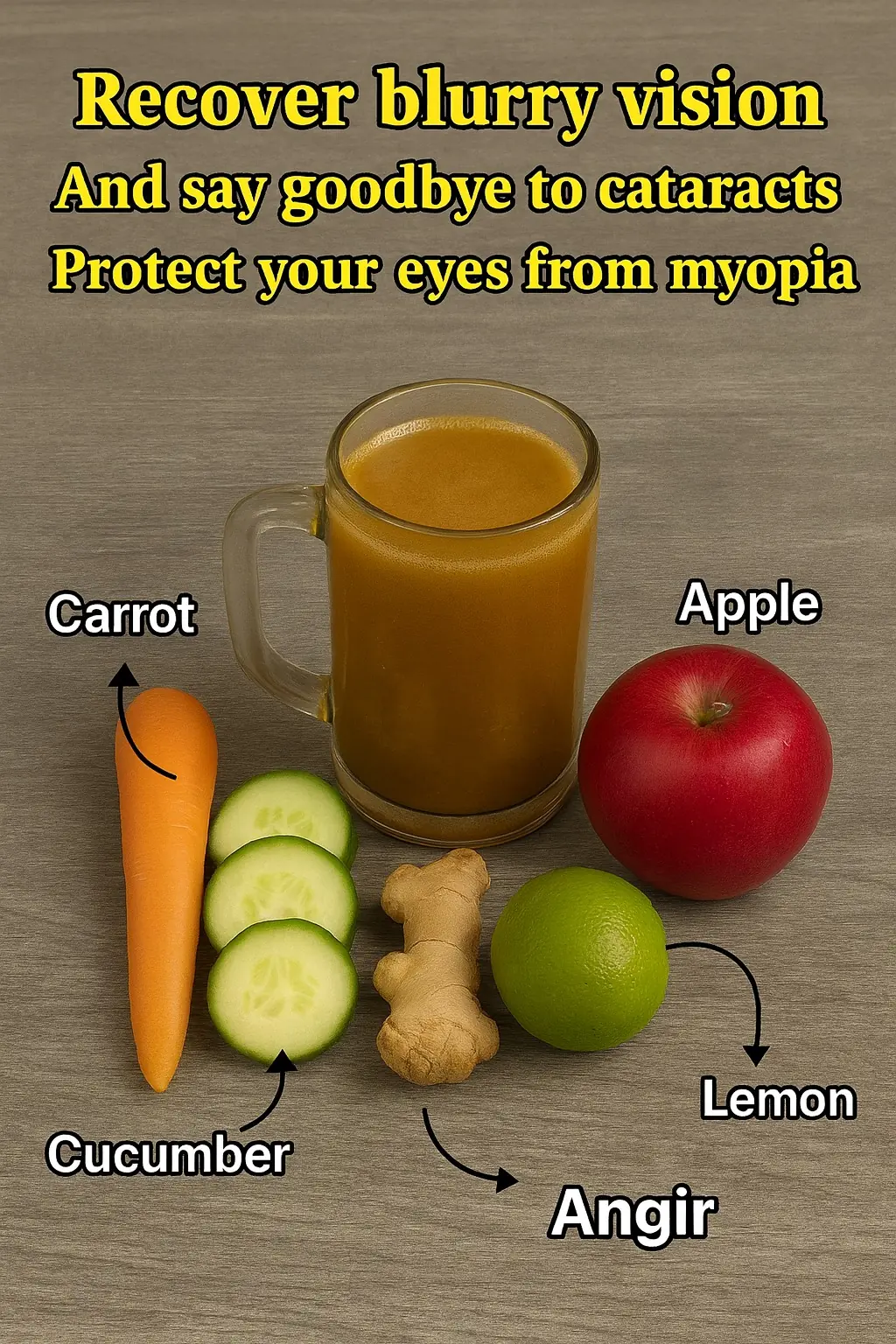
Clear Vision Naturally: The Ultimate Smoothie to Combat Cataracts and Myopia
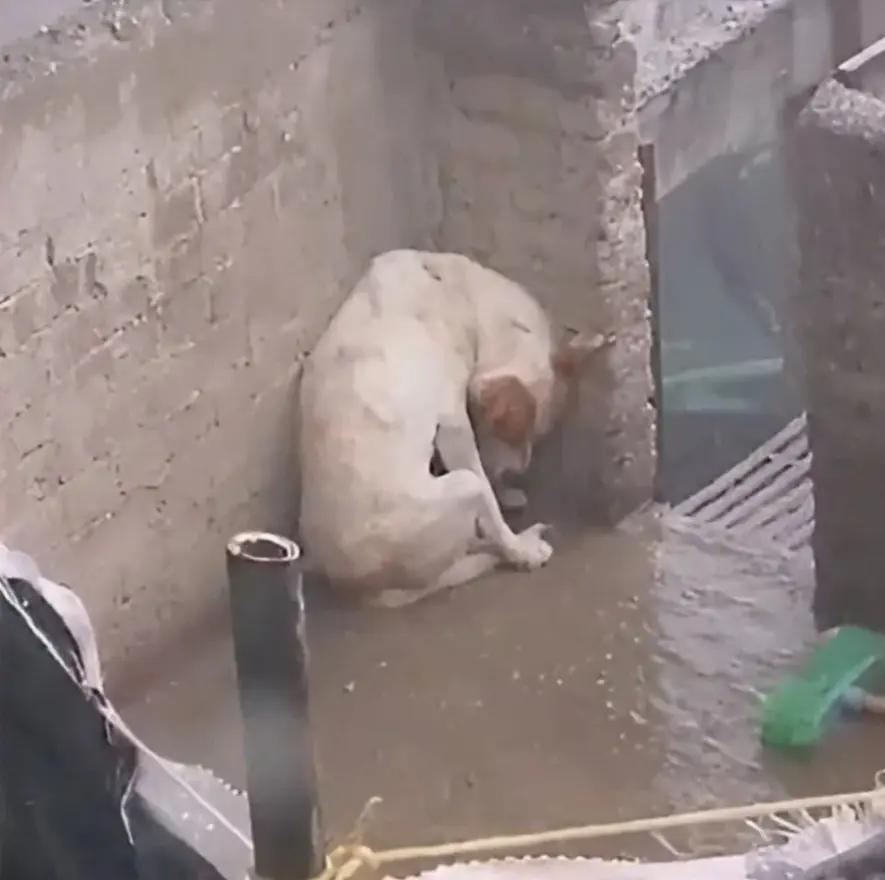
Dog Rescued After Being Left Chained Outside in Torrential Rain

Shotley’s Journey: From Neglect to a Loving Home

Celestial Jewelry: Moon Meets the Seven Sisters at Dawn
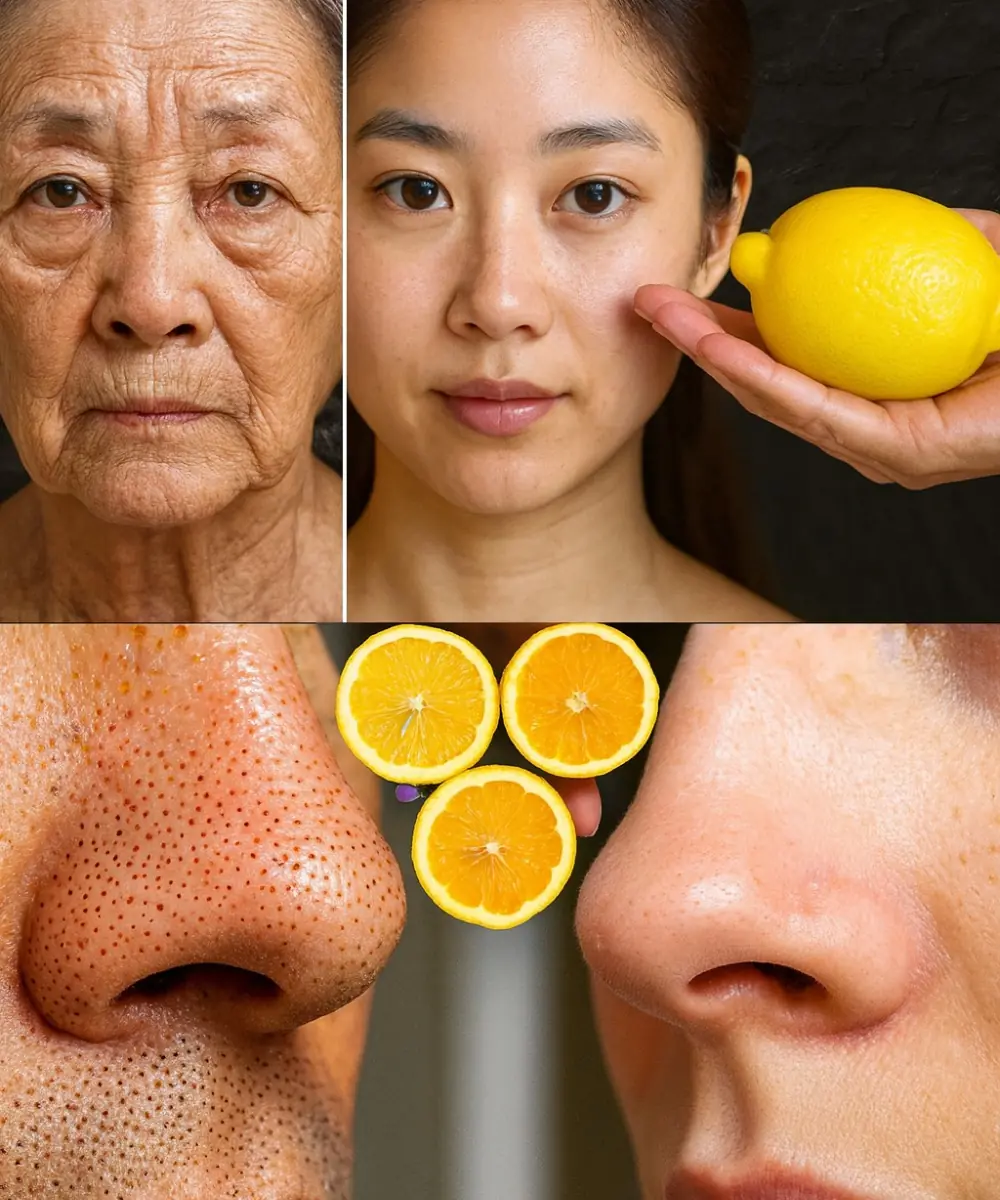
Lemon & Ginger: The Zesty Duo for Vibrant Digestion, Immunity, and Energy
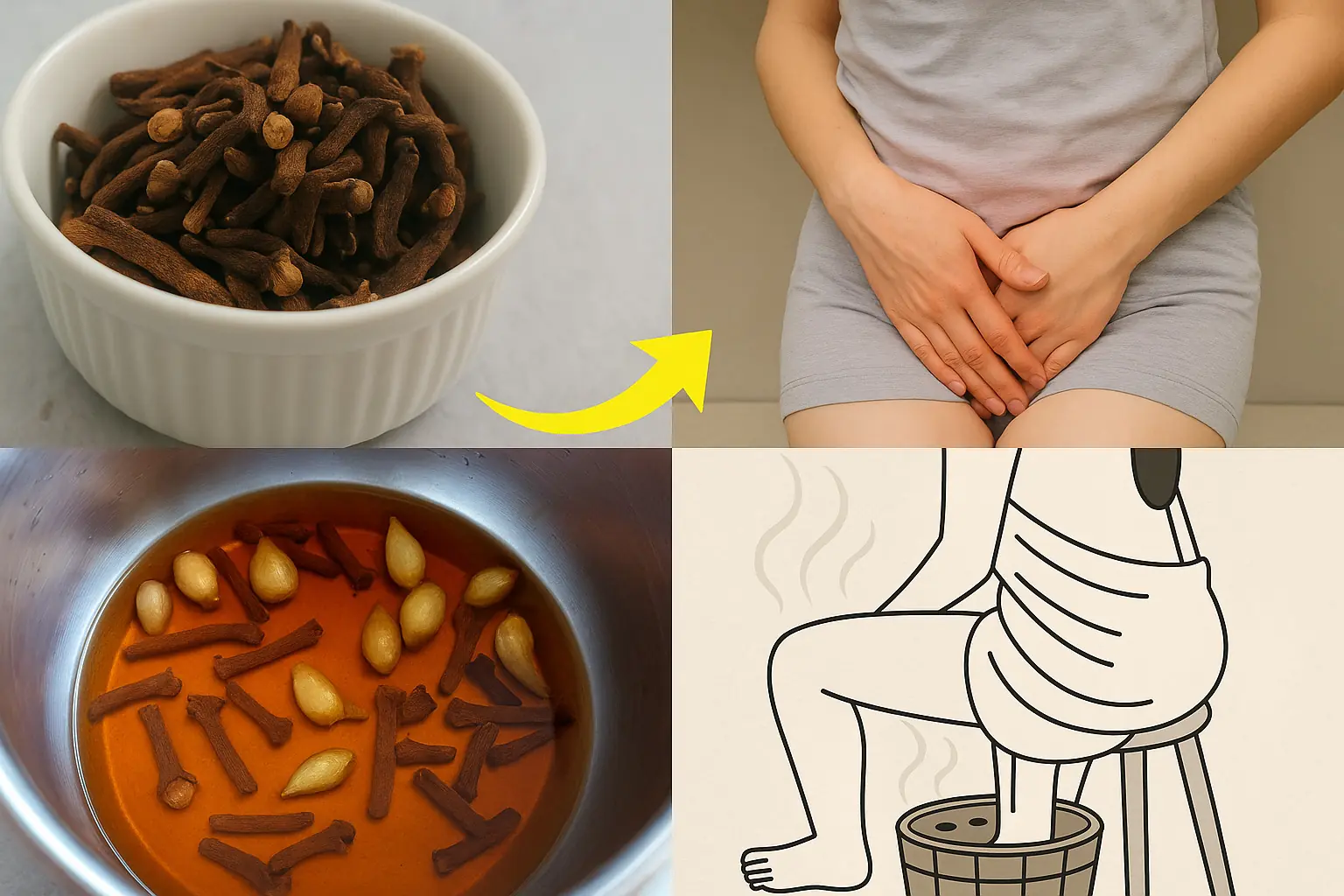
Discover the Hidden Power of Cloves: Simple Home Remedies to Transform Your Health 🌿
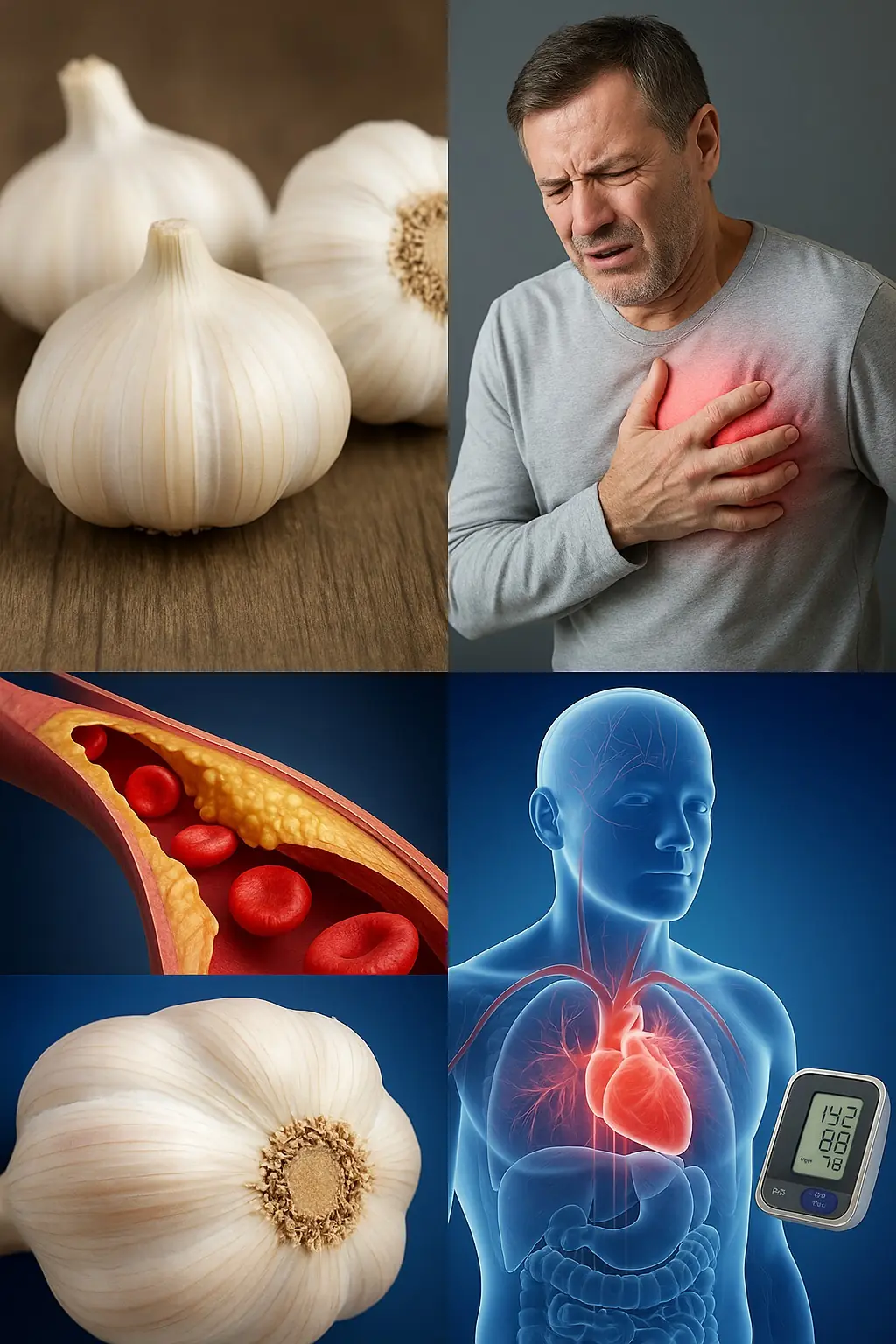
The Nightly Benefits of Eating Raw Garlic Before Bed
